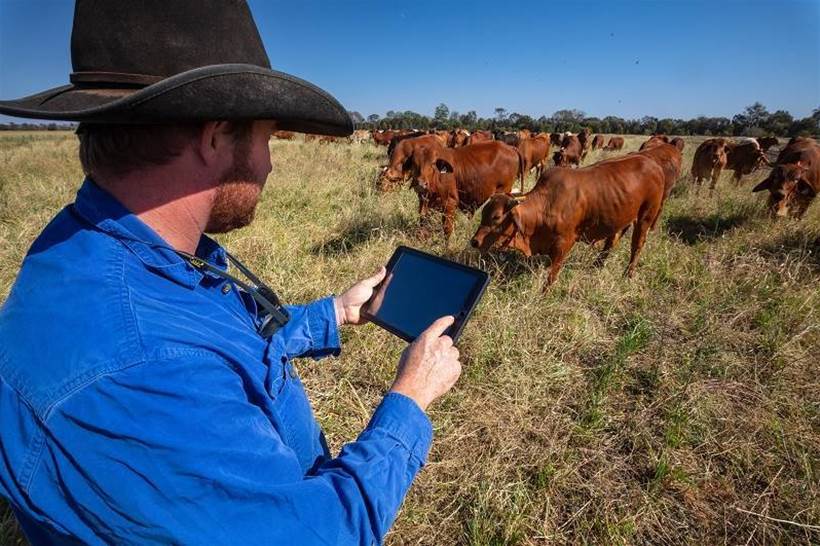A water sensor with direct-to-orbit satellite connectivity and an Australian-developed virtual fencing system were the finalists in the KPMG-sponsored Food & Agribusiness category of the 2020 IoT Awards – the official awards program of IoT Alliance Australia, the peak Australian Internet of Things (IoT) industry body, and IoT Hub.
These finalists, and other entrants in this award category, are tackling important challenges - environmental sustainability and farm efficiency.
GoRain
This low-cost, automatic rain gauge is designed to inform farmers’ decisions during cropping cycles.
Queensland company Goanna Ag worked with South Australian low power, low earth orbit, satellite connectivity company Myriota to develop GoRain. It is designed to function “anywhere in the world you can see the sky”.
Rain gauges may be simple devices, but as Goanna Ag points out, the data they provide is fundamentally important to farmers.
Of course, data about rainfall is also important for other uses - such as environmental management and for climate hobbyists. So it is not surprising that Goanna Ag sees potential for GoRain in multiple industries.
eShepherd Virtual Herding System
Farm fences cost a significant amount of money to install and require ongoing maintenance. Another problem is they do not readily support the latest regenerative pasture management methods, according to Australian company Agersens.
The eShepherd Virtual Herding System is designed to help farmers tackle these problems. It is a livestock virtual herding solution for automated monitoring, control and movement of animals.
Developed for the global market by Agersens, the eShepherd Virtual Herding System combines years of evidence-based research with an algorithm to train livestock to stay in virtual boundaries. The CSIRO developed the original patented training algorithm.
The solution comprises neckbands, a base station and a web application. The neckband use GPS to define a virtual fence boundary, and when an animal approaches the boundary the neckband emits an audio cue. If the animal stops or turns sideways, the neckband detects this using motion sensors and continues to monitor the animal’s behaviour. If the animal ignores the cue and continues towards the fence, the neckband delivers a “harmless but aversive pulse”.
Farmers can use the web application to create virtual fences and to monitor livestock in real time. They could use the solution to create cell grazing or rotational grazing systems tailored to their farm. Agersens also sees them using it to protect sensitive waterways or ecological zones. They also sees the solution helping farmers act quickly to move livestock to safer locations.
More than 60 trials of the eShepherd Virtual Herding System have been completed on farms throughout Australia and New Zealand. Trials have involved thousands of the neckbands and many thousands of hours of operation in harsh environments.
Register here to watch the 2020 IoT Awards presentation.







